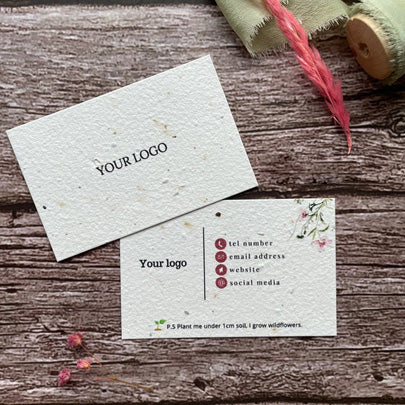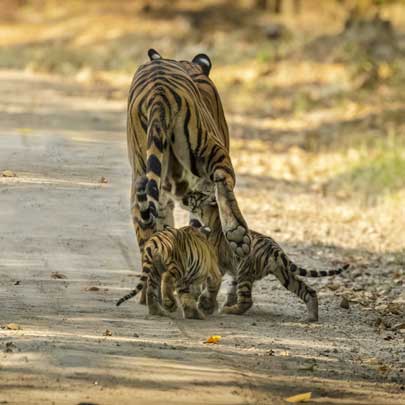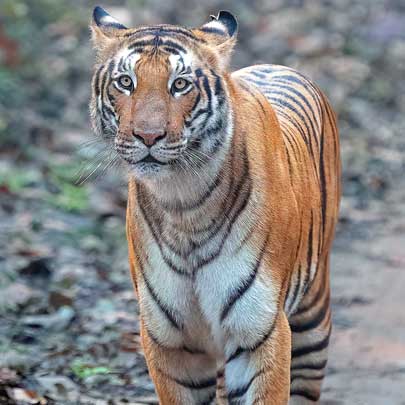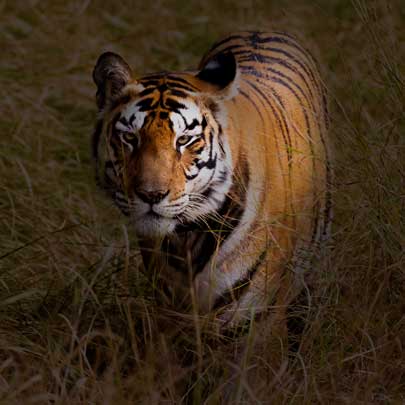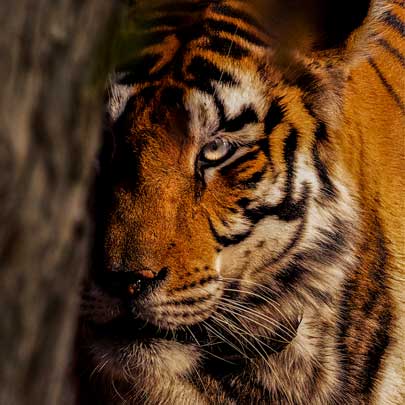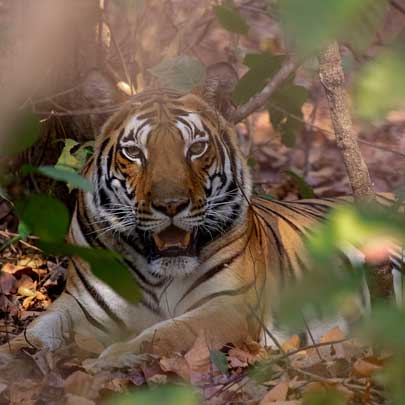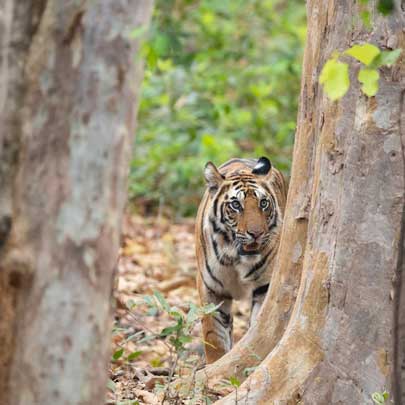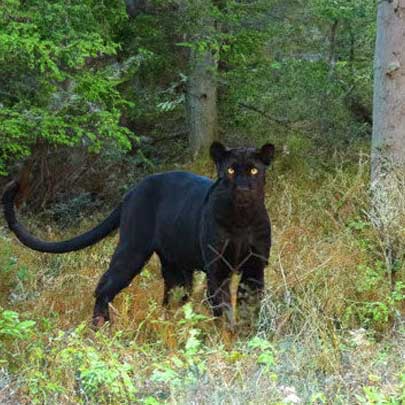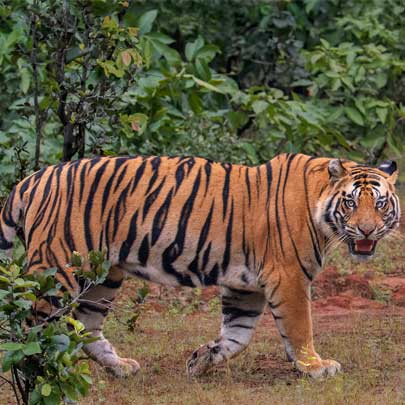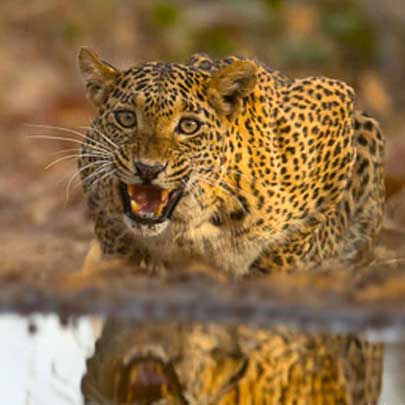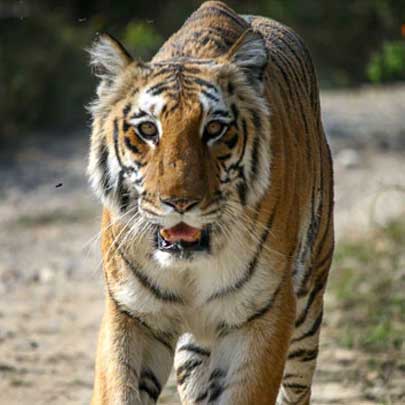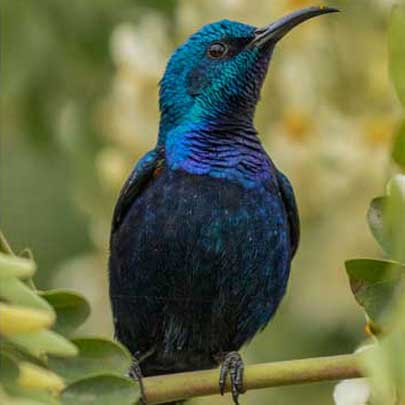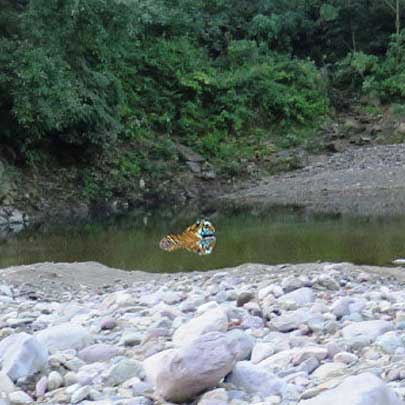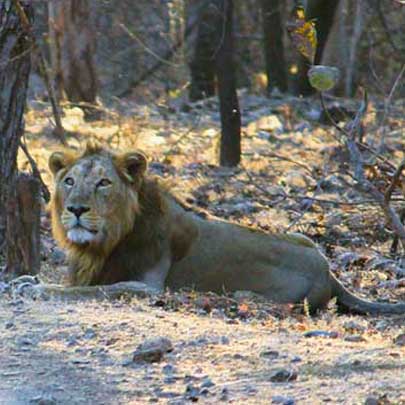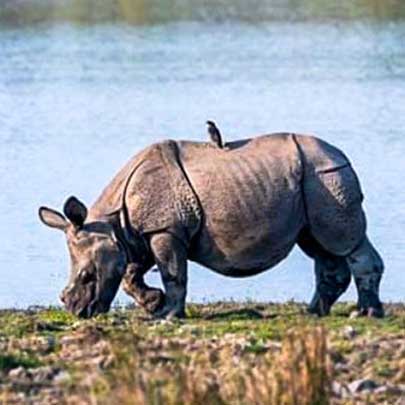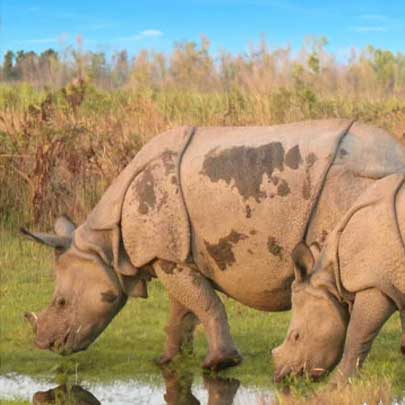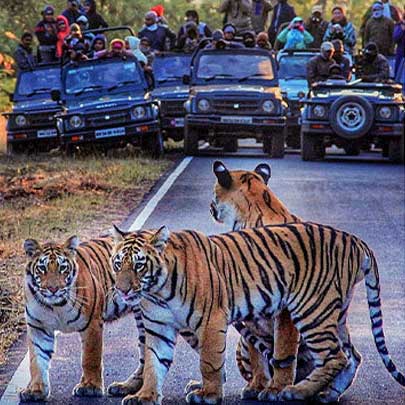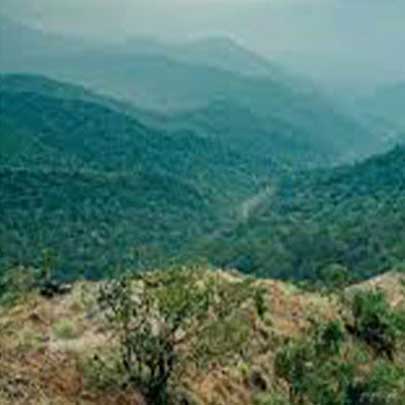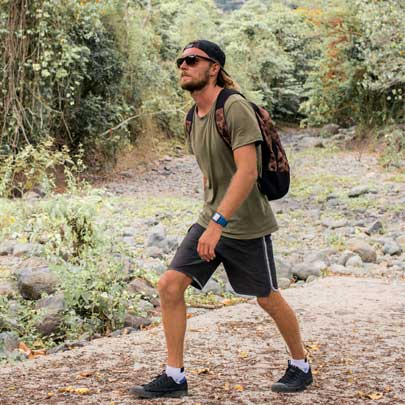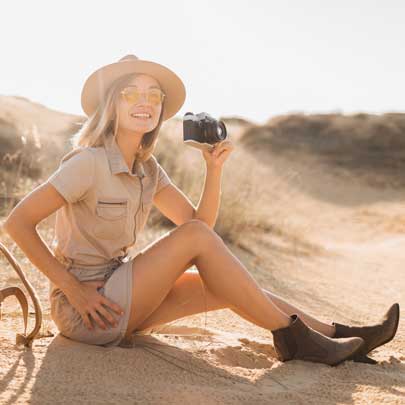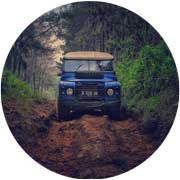A Beginner’s Guide to Wildlife Safaris: Discover the Wild with Wildlense Eco Foundation
A Beginner’s Guide to Wildlife Safaris:
Discover the Wild with Wildlense Eco
Foundation
There’s something deeply humbling about being in the presence of raw, untamed nature. A wildlife safari offers an intimate peek into the natural world — far from the noise of city life, you enter a realm where the rhythm of life is dictated by nature itself. Whether you’re planning your first safari or simply intrigued by the idea, this beginner’s guide to wildlife safaris will help you understand what to expect, how to prepare, and where to go for an unforgettable experience.
What is a Wildlife Safari?

A wildlife safari is an expedition into a natural habitat to observe wild animals in their native environment. Originally popularized in Africa, safaris have evolved over the years and are now popular in many parts of the world, including India, Africa, South America, and Southeast Asia. Unlike zoos or wildlife parks, safaris provide a more authentic and sustainable way of connecting with nature and its majestic creatures.
Why Choose a Wildlife Safari?
-
Reconnect with Nature: Safaris offer a tranquil escape and the opportunity to see animals in their natural behavior.
-
Photography Opportunities: Perfect for wildlife photography enthusiasts.
-
Educational Experience: Learn about animal behavior, ecosystems, and conservation efforts.
-
Eco-Tourism Support: Contribute to the preservation of endangered species and support local communities.

Types of Wildlife Safaris
Understanding the different types of safaris can help you choose the right one based on your interest and comfort level:

1. Jeep Safari
The most popular form of safari. A 4x4 vehicle takes you through forests and national parks guided by an experienced naturalist. Ideal for tiger sightings and bird watching.
2. Walking Safari
Guided nature walks offer a more intimate and grounded experience. Perfect for birdwatchers and those seeking deeper connection with nature.
3. Boat Safari
Best for spotting aquatic species and animals near riverbanks. Common in regions like the Sundarbans or Kerala.
4. Canter Safari
An open bus safari ideal for larger groups. Though less private, it offers budget-friendly exploration of parks like Ranthambore or Jim Corbett.
Best Wildlife Safari Destinations in India
India is a haven for wildlife lovers. With over 100 national parks and 500+ wildlife sanctuaries, here are some of the best places for wildlife safaris:
1. Bandhavgarh National Park (Madhya Pradesh)
Known for its high density of Royal Bengal Tigers, this park also houses leopards, deer, and over 250 bird species.
2. Kanha National Park (Madhya Pradesh)
Inspiration behind Rudyard Kipling’s The Jungle Book, this park is a biodiversity hotspot.
3. Jim Corbett National Park (Uttarakhand)
India’s oldest national park, famous for tigers, elephants, and rich flora.
4. Ranthambore National Park (Rajasthan)
Offers a dramatic landscape of ancient ruins and rocky ridges — ideal for photographing tigers.
5. Kaziranga National Park (Assam)
A UNESCO World Heritage Site known for the one-horned rhinoceros, elephants, and swamp deer.
6. Sundarbans National Park (West Bengal)
The world’s largest mangrove forest, home to the elusive swamp tiger and crocodiles.
Meet the Wildlense Eco Foundation
If you’re new to safaris and want an authentic, responsible, and enriching experience, Wildlense Eco Foundation is the name to trust. A non-profit organization deeply committed to wildlife conservation and eco-tourism, Wildlense bridges the gap between nature and humanity.

What Makes Wildlense Unique?
-
Eco-Friendly Tours: They prioritize sustainability, ensuring minimal impact on the environment.
-
Wildlife Conservation Efforts: Their initiatives support forest departments, animal rescue, and biodiversity monitoring.
-
Community Involvement: Wildlense promotes employment and skill development for local communities.
-
Educational Safaris: Tailored for schools, colleges, and young explorers to instill love for nature.
Whether you want to track tigers in Madhya Pradesh or explore birdlife in lesser-known parks, Wildlense curates customized wildlife experiences guided by conservation ethics.
What to Pack for a Safari: Essentials Checklist

Packing right can make or break your safari. Here’s a beginner’s list:
-
Neutral-Colored Clothing: Avoid bright colors; go for khaki, green, or brown.
-
Comfortable Footwear: Closed shoes or boots for walking.
-
Binoculars & Camera: Crucial for spotting distant animals and capturing moments.
-
Insect Repellent & Sunscreen: Protect your skin from bugs and sunburn.
-
Reusable Water Bottle: Stay hydrated while being eco-conscious.
-
Hat and Sunglasses: Essential for sunny daytime safaris.
-
Field Guide or Notebook: Useful for jotting down sightings and observations.
Wildlife Photography Tips for Beginners
One of the biggest attractions of a safari is the opportunity to capture wildlife in action. Here are some beginner-friendly wildlife photography tips:
-
Use a Telephoto Lens (200mm or above): Allows you to photograph animals from a distance without disturbing them.
-
Focus on the Eyes: That’s where the emotion is.
-
Shoot in Burst Mode: Increase your chances of getting that perfect shot.
-
Respect the Animal’s Space: Never provoke animals for a shot.
-
Shoot During Golden Hours: Early morning and late afternoon offer the best natural light.
Safari Etiquette: Do’s and Don’ts
Respecting wildlife is crucial, especially as a responsible tourist. Here are key rules:
✅ Do’s:
-
Follow your guide’s instructions.
-
Maintain silence during sightings.
-
Stay inside the vehicle unless permitted to step out.
-
Dispose of waste responsibly.
❌ Don’ts:
-
Never feed animals.
-
Avoid loud noises or music.
-
Don’t wear strong perfumes.
-
Don’t litter or pluck plants.
Eco-Tourism and Conservation: Why It Matters
Wildlife tourism, when done ethically, can contribute significantly to conservation. Organizations like Wildlense Eco Foundation play a crucial role in promoting eco-tourism that:
-
Funds park maintenance and anti-poaching units.
-
Educates local communities about environmental stewardship.
-
Encourages tourists to become advocates for wildlife.
By choosing eco-conscious travel partners, you’re not just exploring the wild — you’re helping preserve it.
Best Time to Go on a Wildlife Safari in India
The ideal time for wildlife safaris in India varies depending on the region:
-
October to June: The best period for most Indian national parks.
-
March to May: Great for tiger sightings as animals frequent water sources.
-
Monsoon (July–September): Some parks are closed, but birding is excellent in some sanctuaries.
How to Book a Wildlife Safari with Wildlense Eco Foundation
Booking your first safari with Wildlense is easy and tailored to your needs:
-
Visit wildlense.com to explore packages.
-
Select Your Destination: Choose from a range of wildlife hotspots in India.
-
Customize Your Safari: Options available for family, student, or photography tours.
-
Get Expert Advice: Wildlife experts guide you through itineraries and best practices.
-
Travel Responsibly: Every booking contributes to conservation and community welfare.
Frequently Asked Questions (FAQs)
Q: Is a wildlife safari safe for children?
A: Yes, as long as safety instructions are followed. Wildlense Eco Foundation offers family-friendly safari packages.
Q: How many days should a safari trip be?
A: A 3–5 day safari allows multiple game drives and better chances of wildlife sightings.
Q: Are night safaris available?
A: In some parks like Satpura or Pench, night safaris are permitted under strict regulations.
Q: Can I go on a safari alone?
A: Yes, solo travelers are welcome. Group options are also available for a more social experience.
Conclusion
Going on a wildlife safari is more than just a vacation — it’s a soul-stirring journey into Earth’s most spectacular habitats. Whether you’re spotting a majestic tiger, photographing a soaring eagle, or simply breathing in the wild air, the experience is both grounding and awe-inspiring.
With Wildlense Eco Foundation, your journey into the wild becomes more than just travel — it becomes a step toward conservation, community empowerment, and sustainable living. So pack your bags, grab your binoculars, and let the wild call you home.














